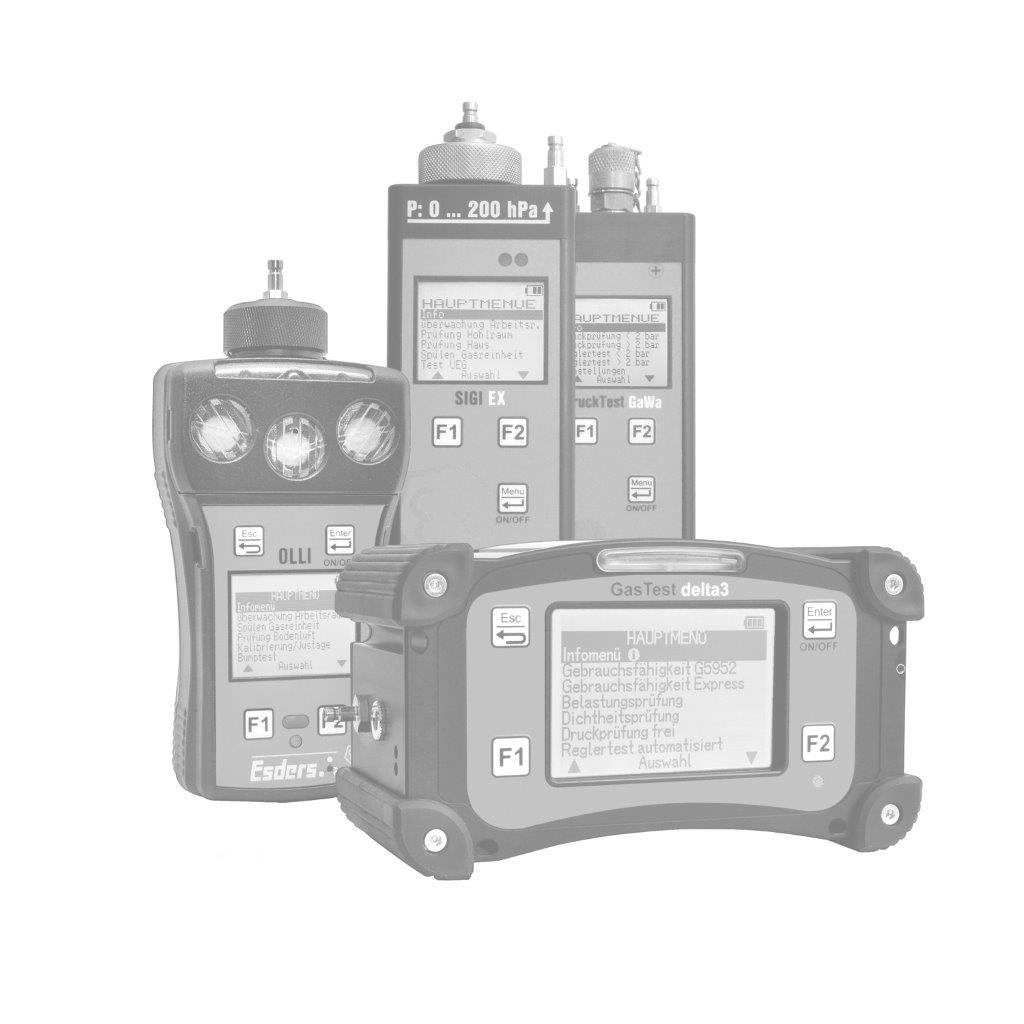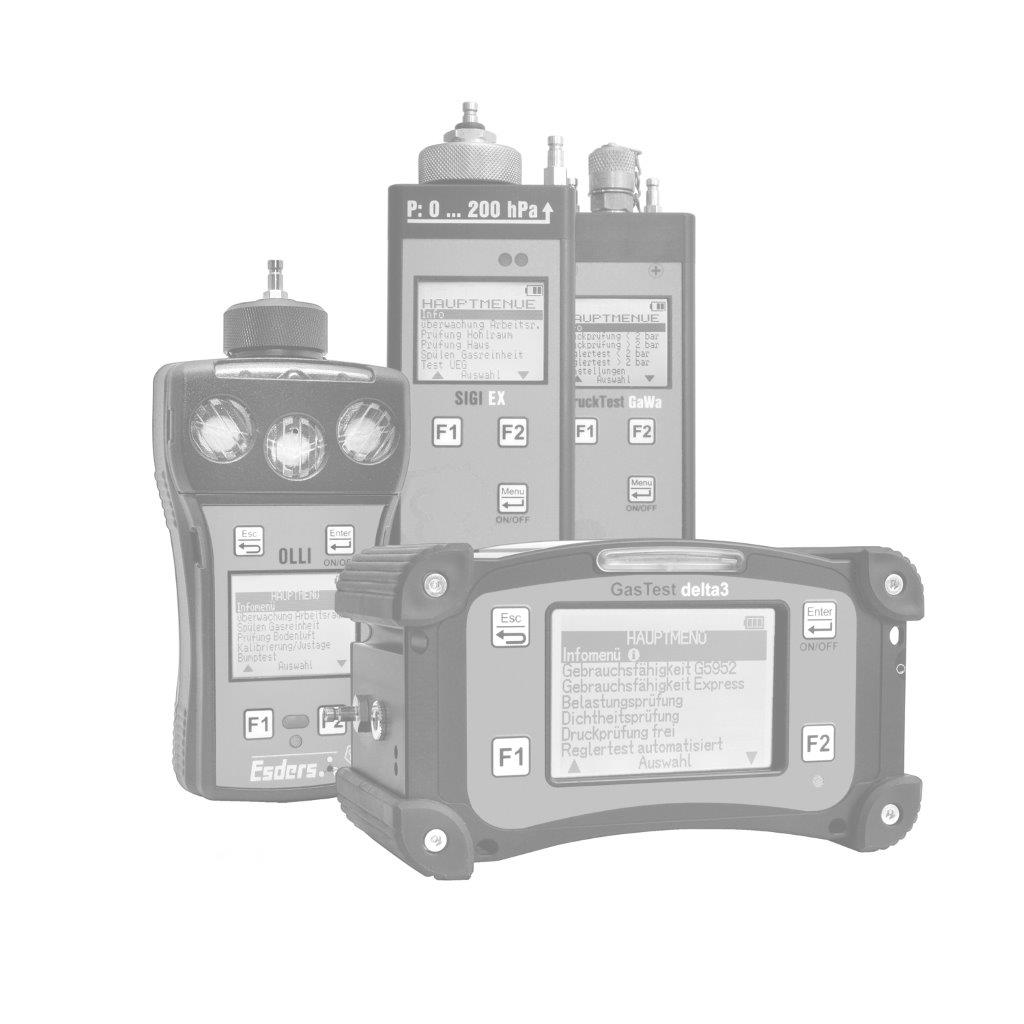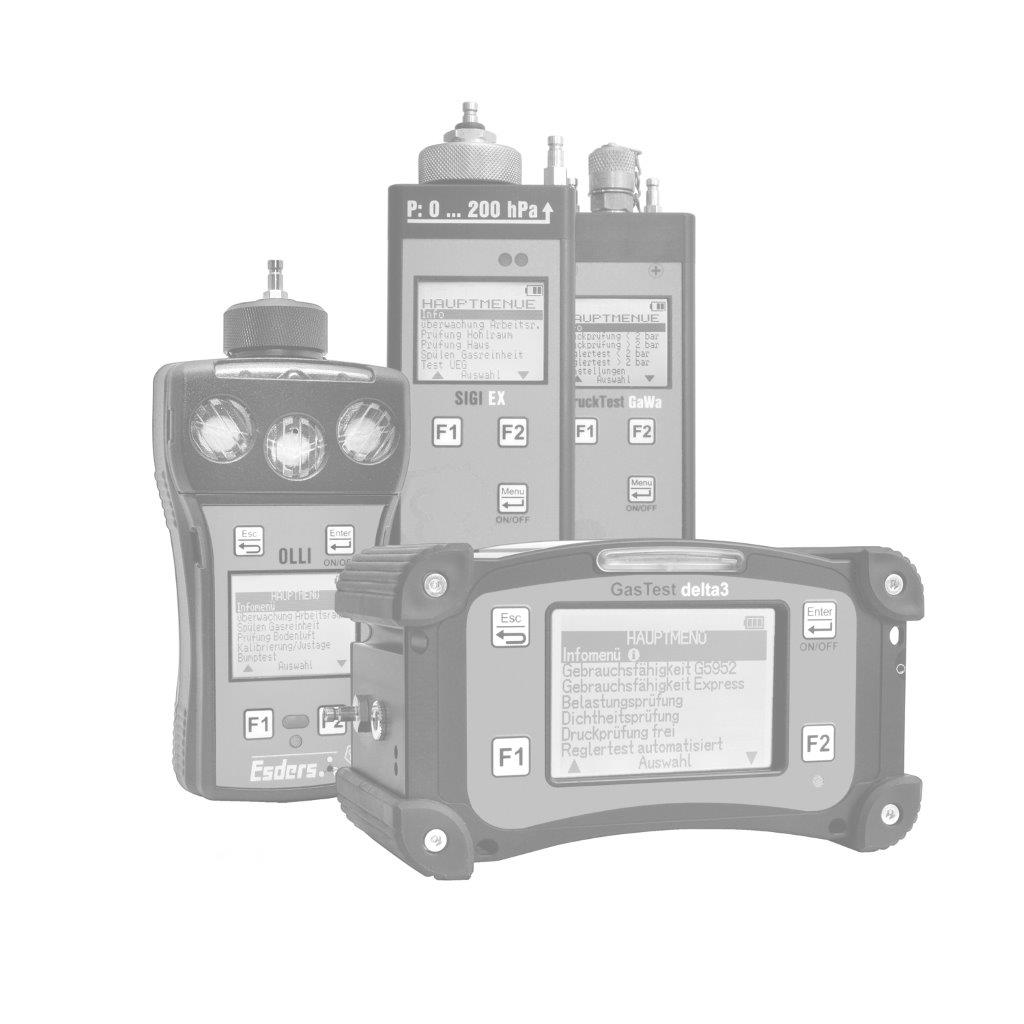Whether for the controlled gassing and degassing of house connection lines/supply lines, the safe deflation of LPG tanks or the combustion of hydrogen: Our Mobile Gas Flares S, M and L offer suitable solutions. We answer the most important questions about Mobile Gas Flares, details, differences and the requirements of the new EU Methane Emission Regulation.
How relevant is the EU Methane Regulation in flaring?
The EU Methane Regulation, officially adopted as Regulation (EU) 2024/1787, aims to reduce methane emissions in the energy sector. A key element of the regulation concerns the use of blowers and flares in the gas sector. This prohibits the routine blowing off of methane and flaring is only permitted if strict requirements are met. In addition to the initial requirements (it is not technically possible to pump the gas; there is an incident, etc.), there are also stricter requirements for the flare equipment. Our Gas Flares meet these requirements and thus contribute to high efficiency and safe use of the Flares in operation!
Why is the height of the gas flare not decisive?
Due to the integrated combustion technology in Mobile Gas Flares, there is no uncontrolled gas cloud formation, thus eliminating the need for a certain height of the structure for combustion. In the case of the S and M Mobile Gas Flares, lifting platforms can be used for additional safety. The Mobile Gas Flare L with a height of more than 2 metres already provides additional height of combustion due to its design.
What is the meaning of H2 ready?
With the planned and increasing use of hydrogen in the utility sector, the requirements for safe flaring technology are increasing. Our Gas Flares are designed for hydrogen and hydrogen admixtures as follows:
The mobile gas flares S, M and L are all suitable for the combustion of 100% hydrogen (H2). Measurements and documentation are possible for mixtures of up to 30% hydrogen.
This flexibility allows our flares to be used in a wide range of scenarios and meets both current and future requirements.
Which Flare model has which flow rate and how long does a flaring process take?
The volume flow or throughput of our Mobile Gas Flares depends heavily on the pressure in the pipe, the type of gas and the model of the Gas Flare:
– Mobile Gas Flare S: approx. 40 Nm³/h methane at 1 bar pressure
– Mobile Gas Flare M: approx. 80 Nm³/h methane at 1 bar pressure
– Mobile Gas Flare L: approx. 800 Nm³/h methane at an inlet pressure of over 2 bar (before the pressure reducer)
The duration of a flaring process, e.g. when depressurizing a pipeline, depends on the selected Flare model, the pipeline volume and the pipeline pressure. For a precise calculation of the flaring duration, we recommend our Esders Connect app. The Flare Duration Calculator is located under the tools. This calculates the minimum flaring duration by specifying the pipe dimension, length and the start and target pressure.
(The times for Flares S and M are currently output, Flare L will follow at a later date).
What do I do if there is high pressure in the network?
Our Mobile Gas Flares are designed for use in different pressure ranges. At high pressure, for example in lines with 25 bar, a prior pressure reduction is required. This can be done by suitable reducing sections or mobile compressors to lower the pressure to a level suitable for the gas flare. The same procedure applies to lines with 60 or 100 bar.
Why do you need a flashback arrestor when flaring?
The flashback arrestor (or flame arrester) is an essential safety element of each of our Gas Flares. It prevents a flame from spreading back through the Flare into the pipe or the connected tank, which could otherwise lead to dangerous deflagration and subsequent detonation. We have explained the mode of operation in detail in this blog post. We have installed a suitable flashback arrestor in each of our Mobile Gas Flares as standard.
We have explained the mode of action in detail in this blog post.
Why are our Mobile Gas Flares S and M so compact?
Our Gas Flares are designed to be truly mobile and versatile. It was important to us to make them easy to set up and convenient to transport. We offer the option of carrying the S and M gas torches in a handy case with the necessary accessories. With just a few simple steps, the torches can be set up wherever they are needed.
Can refrigerants also be burned with our gas flares?
Yes, flaring refrigerants such as R290: propane or R600/R600a: butane is also possible without any problems. With these refrigerants, unburned flaring poses a danger to people in closer surroundings, as the highly flammable gas clouds escape in an uncontrolled manner. Controlled flaring of these gases contributes to the safety of people and the environment.
Flaring of other refrigerants is not recommended, as this can produce compounds that are injurious to health and sometimes carcinogenic. These refrigerants are much more expensive to collect and dispose of separately!

Can our Gas Flares also be used to safely decommission house connections?
Yes, with the Gas Flare S, domestic connections can easily be taken out of service. However, the higher flow rate of the Flare M can lead to the flow monitor being triggered in the case of domestic connections. For this application, we therefore recommend combining the Flare M with the appropriate EPDM hose and a special adapter. With this setup, a house connection is safely transferred to a gas-free state.
Further accessories and information can always be found at the bottom of the respective product page.
When is registration with the fire service required?
Whether a Mobile Gas Flare requires registration with the fire department depends on a number of factors, including the location, the amount of gas flared and local regulations.
Regional regulations
In Germany, there is no standardised legal regulation as to when a fire station must be informed. Rather, the municipal fire brigades and authorities are responsible, which means that different regulations may apply in each city or municipality. It is therefore advisable to check with the local fire brigade or the relevant public order office in advance.
Gas volume and pressure as decisive factors
In many regions, the higher the gas pressure and the amount of gas flared, the more likely it is that a report will be required. In particular, at high pressures or larger quantities of methane, a report may be mandatory.
Location of flaring
- In residential areas or near sensitive infrastructure (e.g. schools, hospitals), many municipalities require registration to avoid possible false alarms.
- In industrial areas or on company premises with their own security concepts, registration is often not necessary.
Innovation and safety with Esders
Mobile Gas Flares offer an efficient, safe and environmentally friendly solution to reduce methane emissions and meet the requirements of the EU Methane Regulation. With advanced safety features and the ability to burn different gases and gas mixtures, our Gas Flares are a solution and a relief for the utility and pipeline industry.
Don’t miss any news about our products and new regulations!


.jpg?width=100)
.jpg?width=100)
.jpg?width=100)
.jpg?width=100)